The content of the article
It should not be forgotten that the more indoor plants are in the room, the better the microclimate becomes. Very often among indoor plants, preference is given to those who are especially unpretentious in care and look good. Unusual culture attracts attention and gives the room a unique flavor. This should certainly be taken into account when choosing a houseplant. A good option would be a spotted dreamiopsis plant. Deciduous evergreen perennial dreamiopsis will decorate any interior. The plant has a double - a flower of eucharis. However, it has smaller leaves and other differences.
Dreamiopsis is a leafy green plant from the Hyacinth family. His homeland is South Africa. It blooms year-round with beautiful white flowers collected in a spikelet. In one brush, there are up to 30 flowers. Small flowers of the plant have a delicate pleasant aroma. Spotted Drimiopsis is a bulbous plant and perennial. It has elongated thin leaves with pointed ends and mottled color. Petiole sometimes reaches 15-20 cm.
Care features: lighting and temperature
Dreamiopsis has another name - ledeburia. An unpretentious plant is characterized by a small number of leaves. They are thick and stained. Among other indoor flowers, an exotic African plant is distinguished by unusually beautiful foliage, which attracts many people to grow it at home. The genus has more than 22 species of plants. Spotted Drimiopsis grows in South Africa and has vegetative organs on a long petiole. Flowers appear from April to July. The speckled bright green exot leaves also look attractive.
Oblong bulbs, oval narrowing leaves, long twenty-centimeter petioles are distinctive signs of exotics. A characteristic feature of a plant is its ability to sometimes change the color of leaves. In the spring and summer, dark spots appear on them, but spots disappear by autumn. It is because of the mottling of the leaves that the plant is appreciated by many lovers of indoor exotics.
There is another type of dreamiopsis - borteoid ledeburia or pickaxi parsis. This type of dreamiopsis has a long peduncle and small inflorescences. The plant can be confused with an orchid. A rosette is formed in the bush, and the leaves are tightly wrapped together. Which one to choose for growing dreamiopsis depends on various factors. It is important that the plant does not die during the growing process and feels great in the room.
In leaving, Drimiopsis spotted is completely unpretentious. For good growth, he needs bright lighting, but in summer, an exotic plant needs to be removed from direct sunlight. The pot should be rearranged from the windowsill into the darker space of the room. After the acquisition, you do not need to place the plant in direct sunlight on the windowsill, you need to let the flower get used to the light in the room and gradually accustom it to the active sun. With insufficient sun, the petioles of an exotic handsome man can lengthen and grow more than they should. Such a bush will simply fall apart and will not have an attractive appearance. Therefore, it is always important to monitor the lighting in the place where the primiopsis is located.
With insufficient lighting, the leaves of an exotic plant become pale and acquire not a bright green, but a light green hue. Loss of spotting affects the whole appearance of exotics. Plant shading is best done in spring and summer after lunch.
An important condition for good growth - t should not be reduced to 8 degrees.Dreamiopsis feels great at room temperature. However, the room should not be above +25 degrees. Heat adversely affects the leaves of the plant. In the winter months, it is advisable to lower t for the flower to +15 degrees.
Watering and humidity
The indoor plant dryiopsis tolerates both dry and moist air. It does not require excessively strong humidification of the indoor climate for the plant to actively develop and bloom. It is necessary to spray the leaves and periodically wipe them with a damp sponge, eliminating dust. Also, from time to time, the plant should arrange a warm shower.
The soil
Loose soil is suitable for the plant. It is better to purchase a mixture for a bulb plant in a special store, it is suitable for spotted dryiopsis. With insufficiently dense soil, sand and peat layers are added to it. Ideal for plants and turf base. You can choose the soil for the cactus in the store, it also suits dryiopsis well. It is only necessary to plant a flower in a pot with a hole in order to provide the necessary drainage.
Fertilizer is applied to the soil twice a month, but it can be limited to once. It is necessary to introduce fertilizer in spring and autumn. An excellent fertilizer for the plant will be calcium salts, nitrogen, phosphorus, calcium. However, the proportions of all elements in a complex fertilizer should be considered.
A young plant must be transplanted annually, and adult individuals no more often than once every 2-3 years. It is better to take a shallow container for planting an exotic bush. A drainage layer should certainly be placed on the bottom. This contributes to the proper development and growth of the bush.
It should not be forgotten in the care of dreamiopsis that it, like any plant, is susceptible to various ailments and damage by pests. The disease rarely affects dreamiopsis. The plant may be damaged by a spider mite and scab. It is necessary to periodically spray flowers and leaves with soapy heated water, wipe leaves and cuttings with this tool. To exterminate aphids and thyroid gland will help an insecticidal agent.
With improper care, the plant may not appear as a speck, namely characteristic spots add special exoticism and attractiveness to the plant. In the heating season, it is necessary to put a pot with a plant on a water tray. Use a lattice for this. So you can avoid overdrying the soil in winter.
Top dressing
As already mentioned, for the active development of the plant, various mineral fertilizers should be used. However, it is better to feed drymiopsis with a complex fertilizer with a low nitrogen content. Otherwise, rhizomes may rot. A large dose of nitrogen causes an active growth of the bush, but the speck does not appear on it. When planting, in no case do not use poorly rotted organic fertilizers. Plant nutrition should begin only after 1.5-2 months after planting the plant in another soil.
Breeding
Drimiopsis propagates by dividing the bulb, as well as using seeds. It is necessary to separate the bulbs before transplanting and treat the damaged ones with charcoal.
Propagation of the plant also occurs by leaves.They must be separated at the very base of the bulb together with the petiole and sent to water or peat for rooting. The leaf is also cut into small long pieces and planted in a turf mixture. Paying enough attention to plant propagation, one can achieve good rooting of the taken leaves.
Possible problems
- Serious violations must not be allowed in the cultivation of spotted dreamiopsis. Otherwise, the plant will deteriorate and die. Excessive watering may spoil and blacken the root and petioles. In this case, it is important to urgently transplant the plant in order to prevent rotting of the bulb.
- Bad effect on the flower and dim lighting. The petiole then stretches, and the leaves turn pale. It is necessary to strengthen the light for the plant. In poor lighting use a fluorescent lamp as an additional light source.
- Insufficient drainage layer is unacceptable in plant care. In this case, a white coating appears on the ground. You can fix the problem with a transplant. Inadequate watering should not be allowed - the leaves will quickly fade, and the plant will die.
In general, indoor dryiopsis develops well. The plant gives the room a special aesthetic and attracts the attention of others. Since Drimiopsis comes from a hot country with a humid climate, it does not tolerate excessive dry air. For planting in the soil, crumb of expanded clay, birch coal, vermiculite should be added. It is necessary to prevent rotting of the bulbs. If the plant begins to turn yellow, then reduce its watering. Sometimes it is useful to completely leave the plant without watering.
Growing problems can be avoided if all the rules and recommendations are followed. Sufficient humidity, a lot of light and heat favorably affect the plant. It is rarely sick and completely unpretentious in leaving.


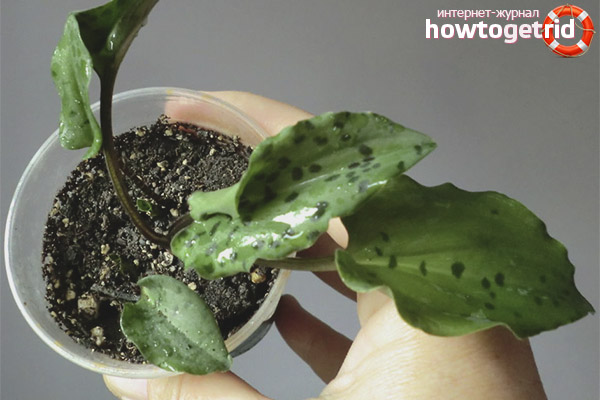
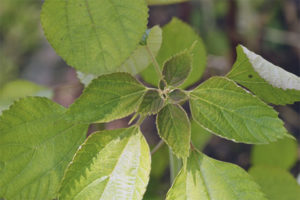

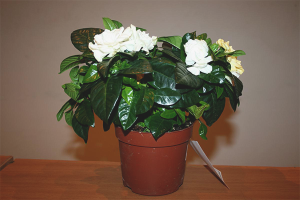
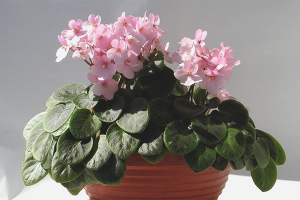



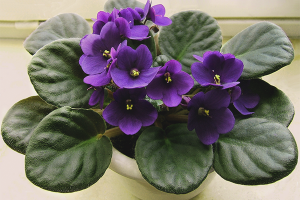
Submit